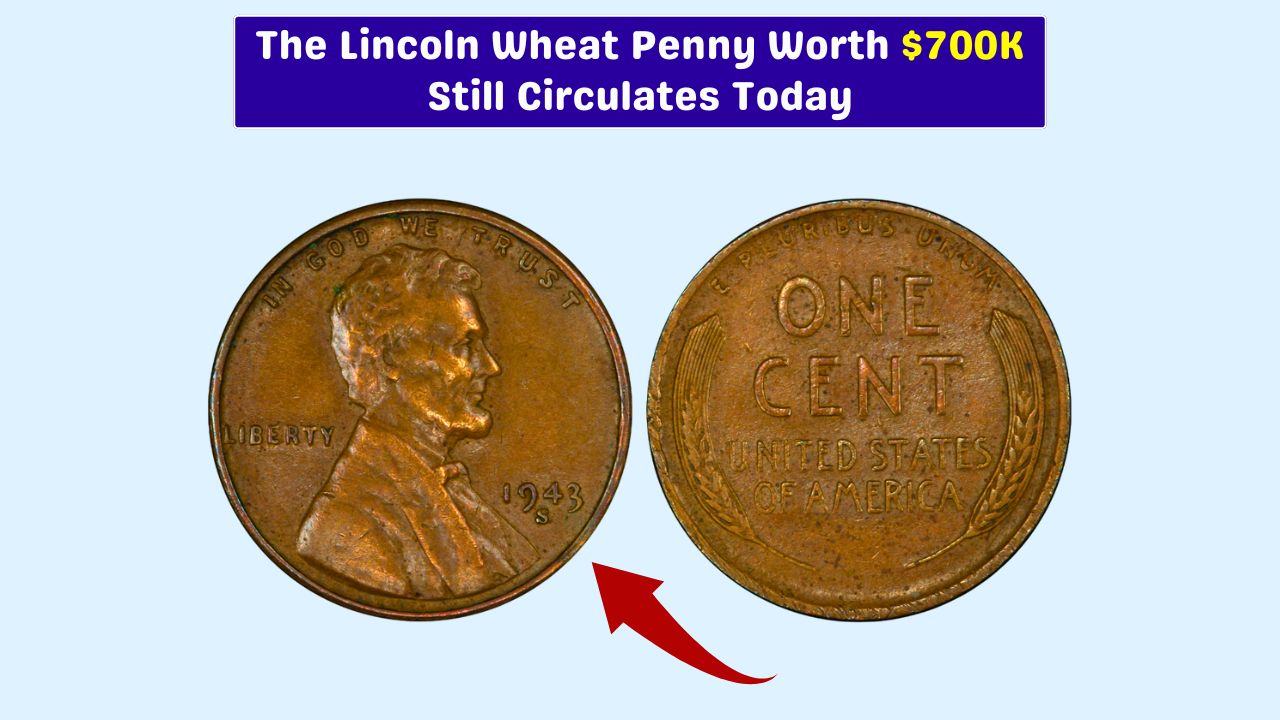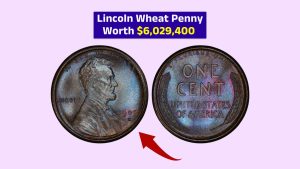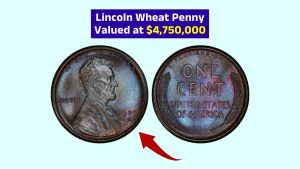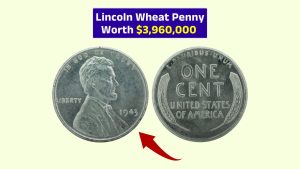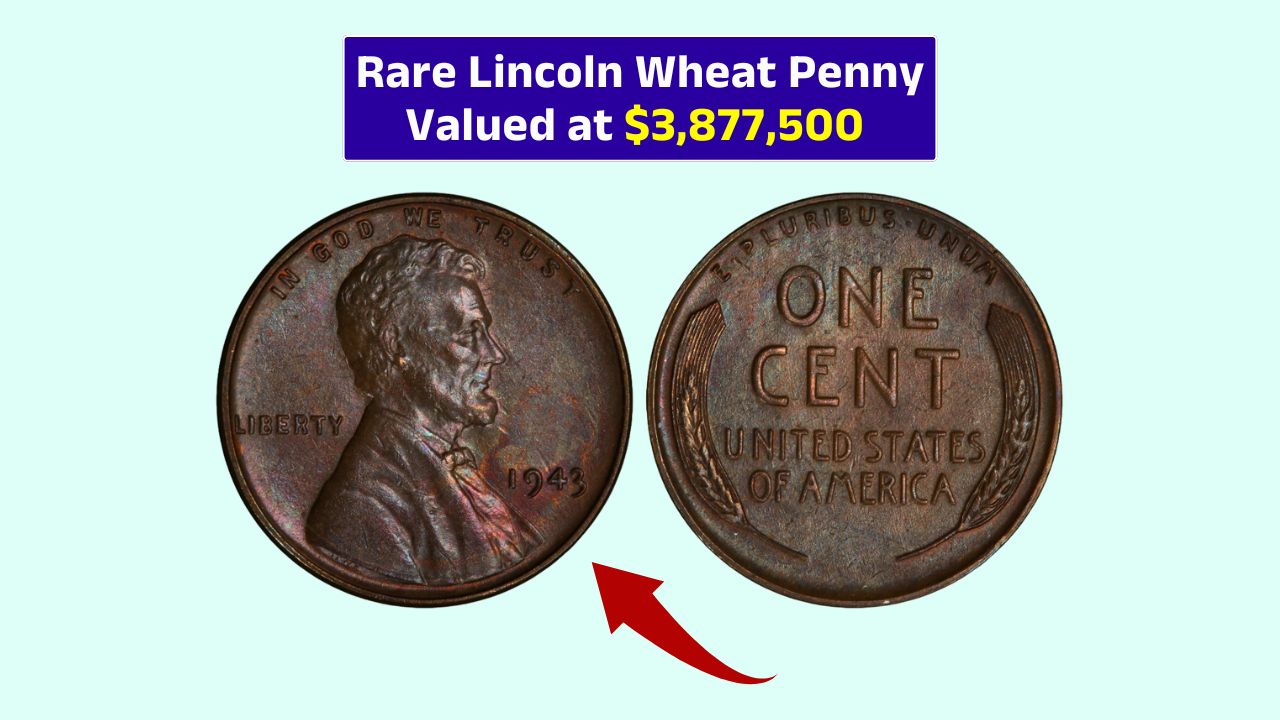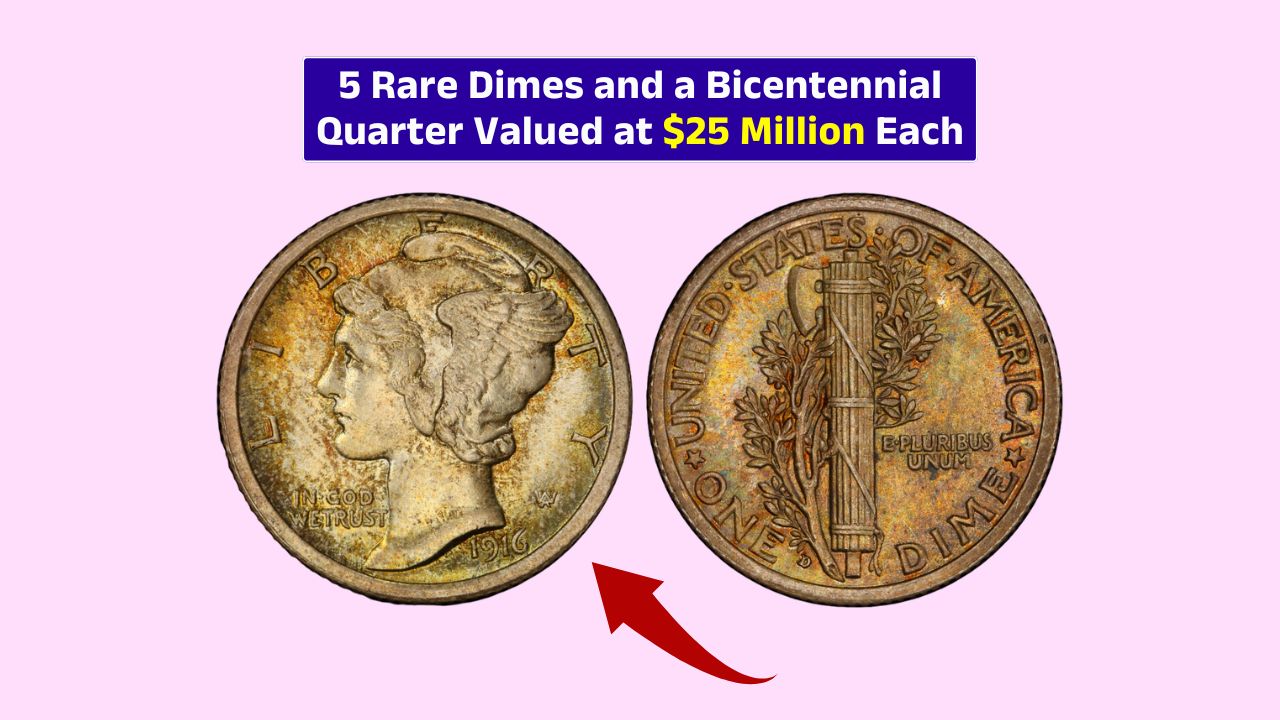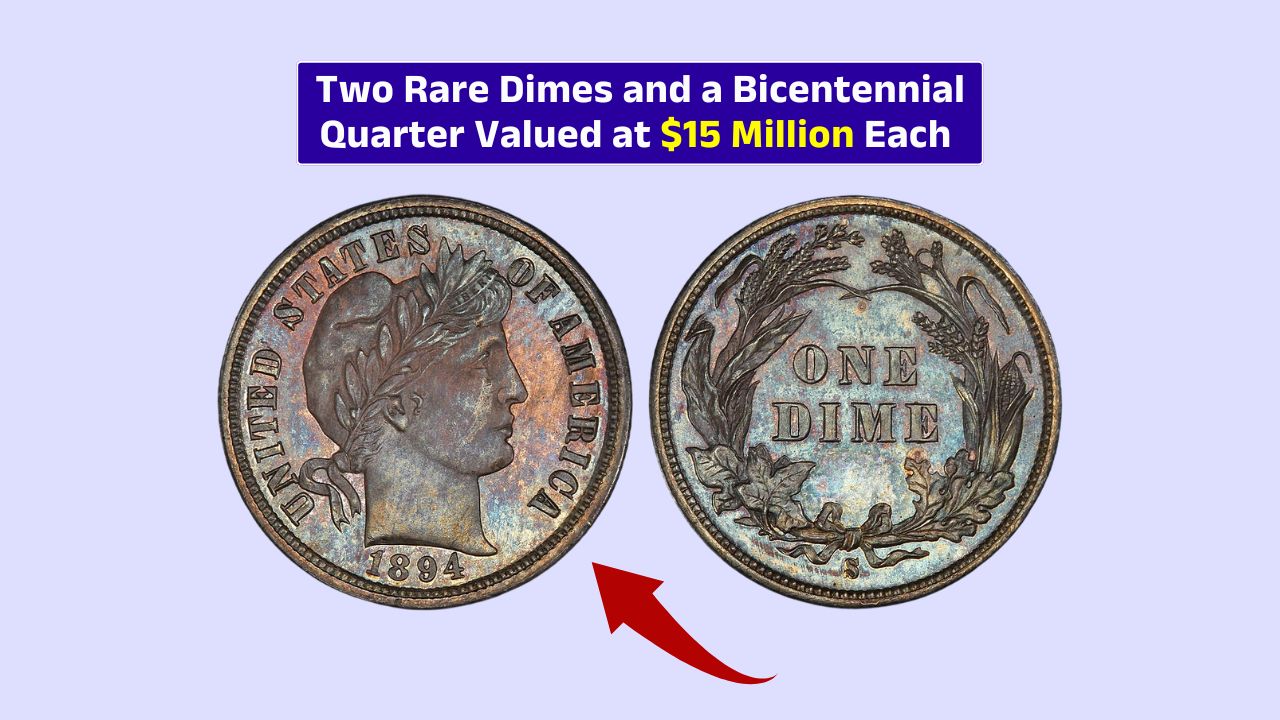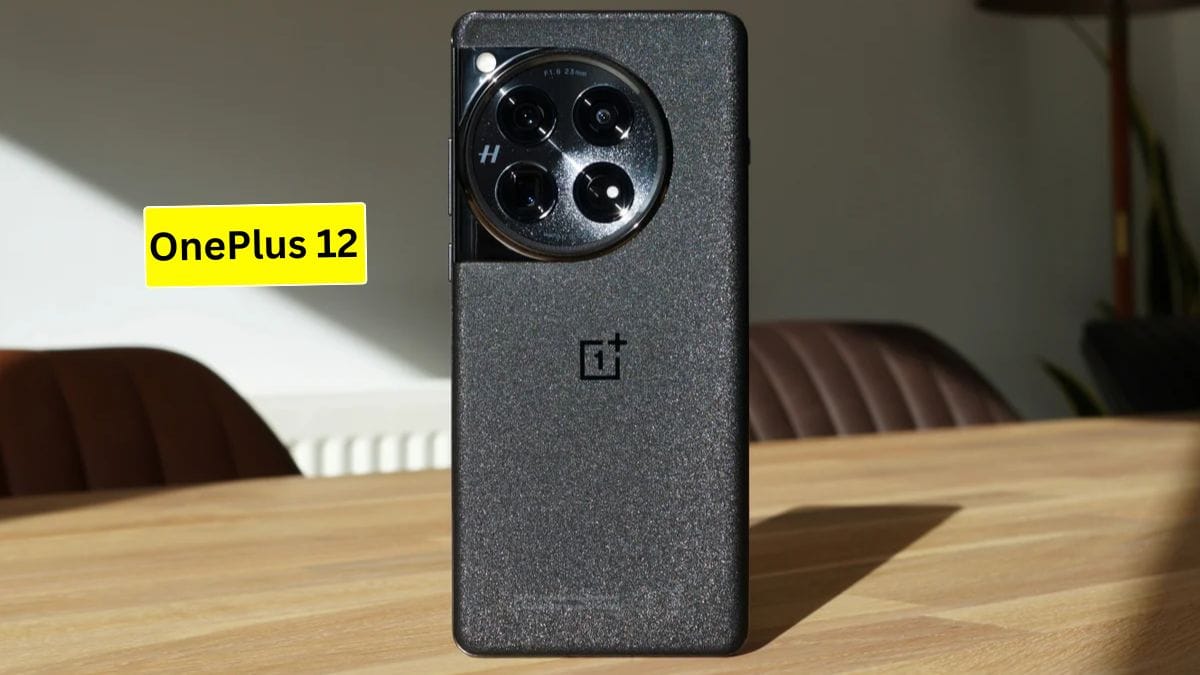What if that old penny sitting in your change jar was actually worth $700,000? Sounds wild, right? But one rare version of the Lincoln Wheat Penny is doing just that — shocking coin collectors and enthusiasts with its massive value.
Even more surprising, experts say this historic coin might still be out there, tucked away in drawers, jars, or piggy banks.
Let’s break down what makes this penny so rare, how to identify it, and why it’s one of the hottest coins in the U.S. collector market today.
History
The Lincoln Wheat Penny made its debut in 1909 and stayed in production until 1958. It’s easy to recognize — President Lincoln is on the front, and two wheat stalks are on the reverse.
Most Wheat Pennies aren’t worth much, maybe a few cents at most. But a small number are true collector’s items, mainly due to minting errors or unusual production runs. One of them is so rare, it’s gone for as much as $700,000 at auction.
Rarity
So, what’s the big deal with the 1943-S bronze penny? Here’s the scoop. During World War II, copper was needed for ammunition and military equipment. So in 1943, the U.S. Mint made pennies out of zinc-coated steel instead of bronze.
But somehow, a few bronze planchets — the blank discs used before stamping — slipped through at the San Francisco Mint.
Those few bronze 1943-S pennies were struck and circulated before anyone noticed. Today, only a handful are known to exist, which makes them incredibly valuable. One of them sold for $700,000, and coin experts believe there could still be a few more hiding in the wild.
Identification
Think you’ve found one of these rare coins? Here’s how to tell.
The date must be 1943, and just below it, there should be a small “S” mint mark. That indicates it came from the San Francisco Mint. If your penny is copper-colored rather than silver-gray, that’s a strong clue. Most 1943 pennies are steel and look silvery; bronze ones look more like traditional copper coins.
Next, try the magnet test. Steel sticks to a magnet. Bronze does not. If your 1943-S penny doesn’t stick to a magnet, it’s time to take a closer look.
Now, check the weight. A steel penny weighs about 2.7 grams, while a bronze penny weighs around 3.11 grams. You’ll need a digital scale that can measure in grams for this part.
If your penny meets all those conditions — correct date, mint mark, copper color, doesn’t stick to a magnet, and weighs about 3.11 grams — then congratulations. You might be holding a fortune. Your next step? Contact a coin grading service like PCGS or NGC to get it authenticated.
Circulation
Could these rare coins still be out there? Absolutely. Several have been observed in ordinary places — inside old family coin collections, bank rolls, and even in pocket change. It’s rare, but not impossible. That’s what makes the hunt so exciting.
Legacy
The 1943-S bronze Lincoln Wheat Penny isn’t just about the money. It’s a piece of American history. It tells a story of wartime resourcefulness, human error, and the surprising value of small things. A simple mistake at the mint turned a regular penny into a collector’s dream.
And the best part? That dream could still be waiting in someone’s coin jar right now. So next time you’re digging through your change, slow down. You might just uncover a piece of history — and maybe even change your life.
FAQs
How rare is the 1943-S bronze penny?
Only a few are known to exist, making it extremely rare.
What does the ‘S’ on the penny mean?
It means the coin was minted in San Francisco.
How do I test if my 1943 penny is bronze?
Use a magnet and weigh it. Bronze won’t stick and weighs 3.11g.
Can I still find one in circulation?
Yes, some have been found in change or old collections.
Where can I get my penny verified?
Contact PCGS or NGC for professional authentication.

